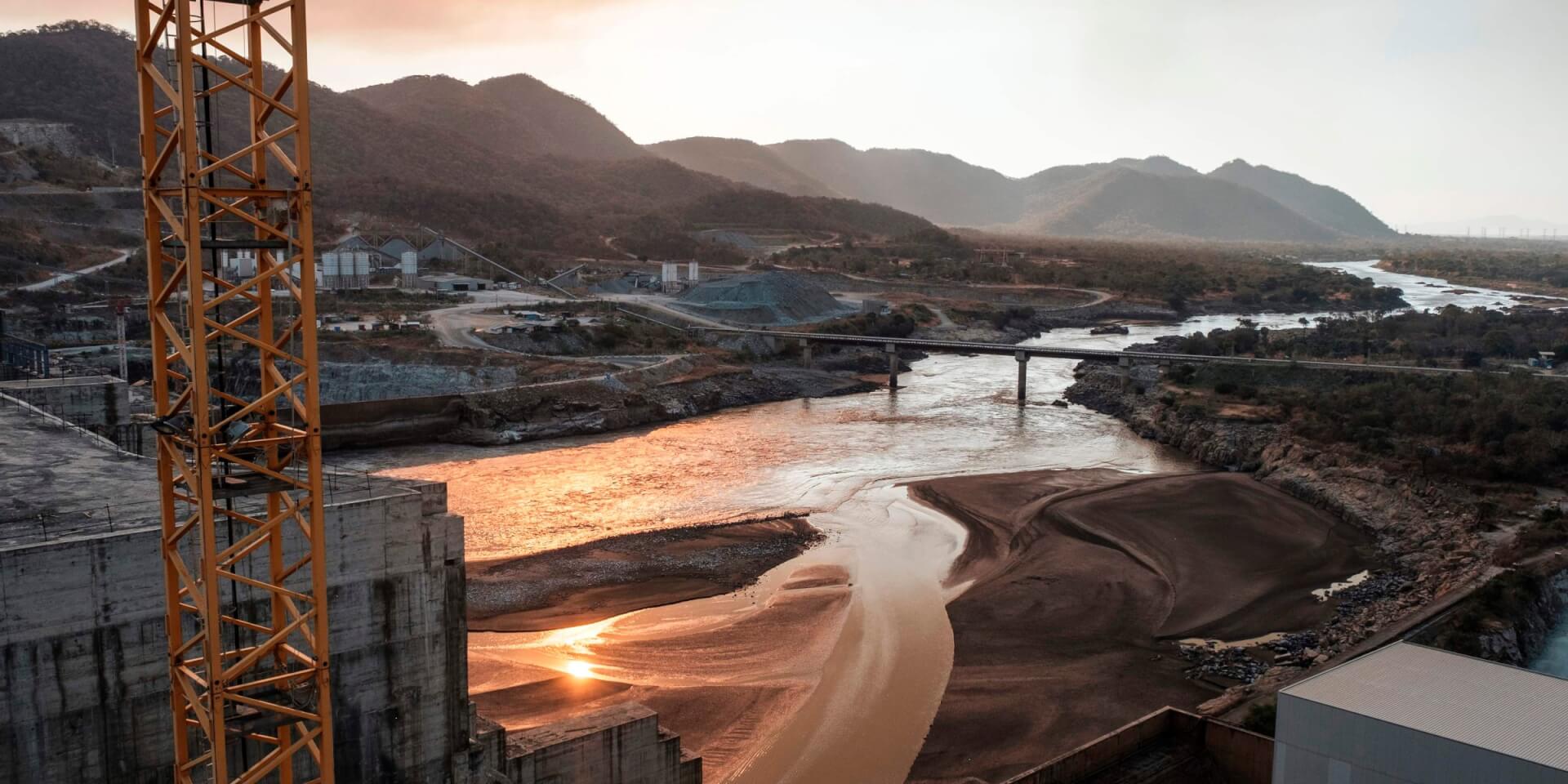Egypt, Ethiopia, and Sudan have once again failed to make any tangible progress in resolving their decades-long dispute over Addis Ababa’s controversial dam on the Blue Nile.
In late October, the three sides resumed virtual negotiations over the $4.2 billion Grand Ethiopian Renaissance Dam (GERD) project. The renewed talks were partially prompted by US President Donald Trump’s remarks last month, in which he claimed that downstream Egypt could end up “blowing up” the project, which Cairo has called an existential threat. According to Mohammed el-Sebaei, Egypt’s Irrigation Ministry spokesman, “old differences remained unresolved, and Wednesday’s meeting failed to bridge the gaps”. The Ethiopian delegation added that the “countries were unable to reach an agreement and form the basis for the upcoming negotiation and the time frame”. Egypt also reportedly opposed a Sudanese proposal supported by Ethiopia to maximise the role of the African Union (AU) experts.
The Nile is an international watercourse that has historically been linked mainly to Egypt. It provides nearly 96% of Egypt’s renewable freshwater, and since the country receives abysmally low levels of rainfall, almost 95% of its total population lives within 12 miles of the river, using its resources for agriculture, industrial production, and sewage treatment. But over the past few decades, demands from other riparian states to access the river’s waters and utilize its resources have been perceived as a major national security threat by Egypt. The main issue remains to be that of the GERD, a multi-billion dollar project with the aim of creating a massive hydroelectric power plant that would provide water and power to millions of Ethiopians, who currently face severe deprivation of these resources.
The Blue Nile, a major tributary of the Nile, originates in Ethiopia’s highlands and provides the river with 85% of its total water flow. Put simply, it provides an overwhelming majority of the water that Egypt’s existence depends on. However, Ethiopia has not been allowed to access Egypt's water resources due to a myriad of political, economic, and geostrategic reasons, even though it contributes such an overwhelming majority of Egypt’s total available water. The GERD is meant to solve Ethiopia’s water shortages and generate a new electricity source by which it can export power. In its riparian region, the GERD could majorly benefit Sudan since it would provide cheap electricity and reduce river flooding. However, Khartoum fears that, depending on the volume of water discharged daily, the large operation could threaten its own dams, which are far smaller and downstream.
Egypt and Sudan have been attempting to solve the dispute legally for a while. In February, Cairo and Khartoum held individual meetings with the World Bank and the United States without Ethiopia. Addis Ababa rejected the deal that came out of those meetings. Even talks brokered with the AU in the past have failed.
The critical points of contention between the parties are over the reduction of the flow of water, finalizing the deal’s legal framework, and charting out a plan for future droughts in the region. Egypt’s position on reducing flow stems from fears that the dam will decrease its supply of Nile water and that any diversion would lead to a significant amount of evaporation and water loss. Therefore, its paramount interest lies in preserving the current status quo. To put more pressure on Ethiopia into giving in to some of Egypt’s demands, the US (as Egypt’s ally) also suspended $130 million worth of aid to Ethiopia in late September.
Despite continuous failures, scholars and observers believe that the three African neighbors can come to an agreement under the guidance of the AU. Experts say that the immediate aim should be to de-securitize and depoliticize the issue and focus on future development prospects, noting that diplomatic success is needed for both regional stability and the prosperity of the three countries.
Nile Dam Negotiations Between Egypt, Ethiopia, and Sudan Fail Again
The countries have once again failed to make any tangible progress in resolving their decades-long dispute over Addis Ababa’s controversial dam on the Blue Nile.
November 6, 2020

SOURCE: Daily Sabah
